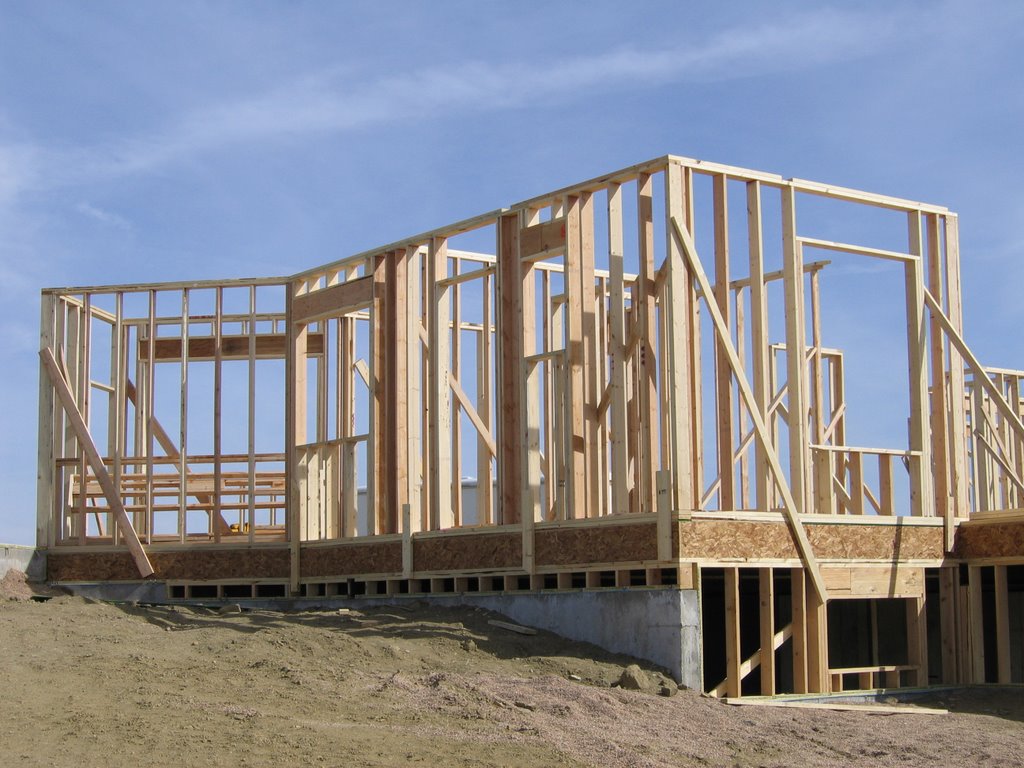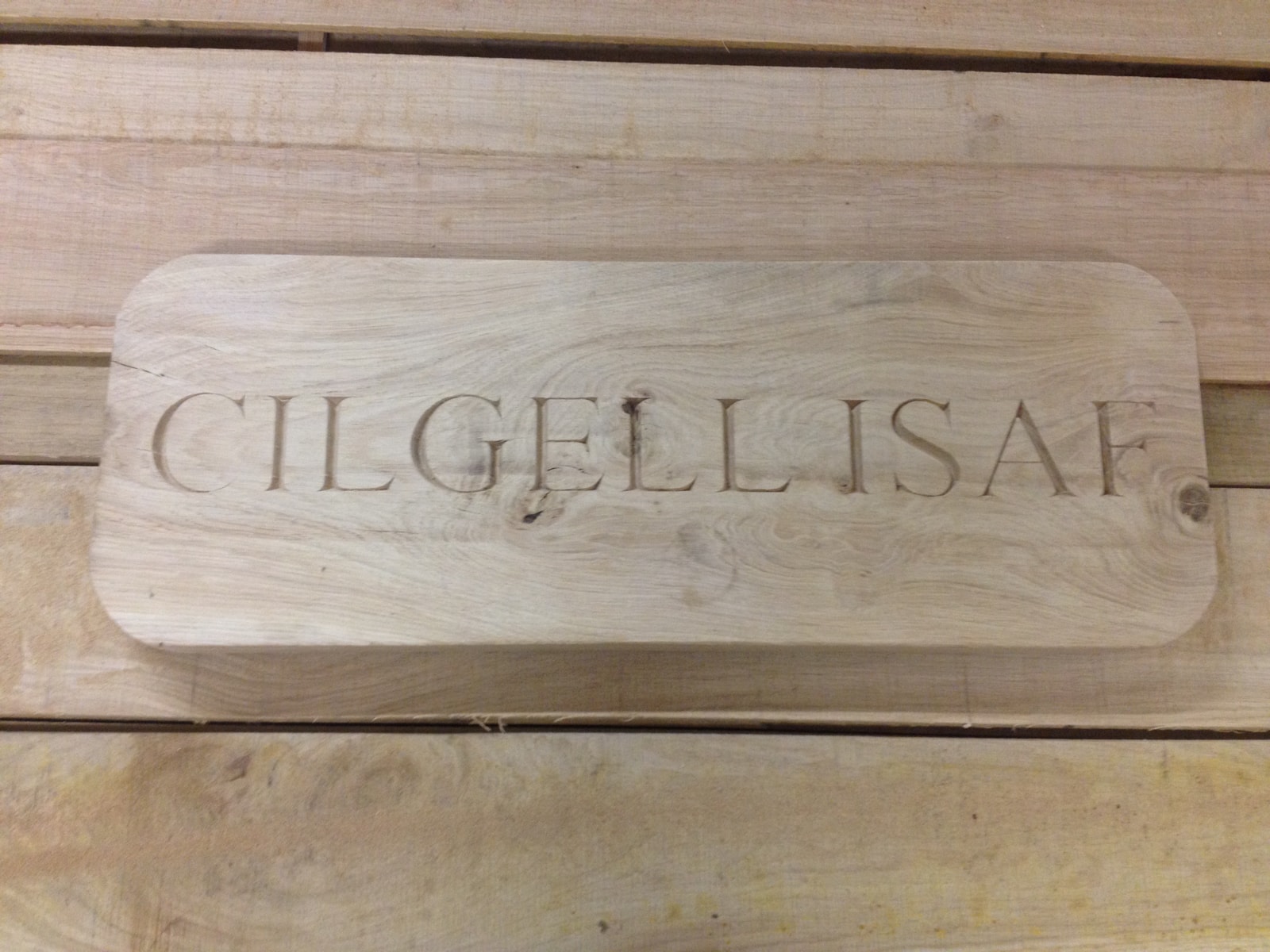



By 1960, another 450,000 people had arrived. Between 19, nearly 250,000 new residents had moved into the San Fernando Valley, suburban Los Angeles. With the end of the war, thousands upon thousands of returning veterans, both men and women, needed a place to live. Vets created a huge demand for new housing What I didn’t realize at the time was that one of the greatest revolutions in construction our country has ever seen was about to break wide open. By 1951, when I turned 20, I was a journeyman carpenter in the union. In the first year, I never once wore a coat to work. I found work building houses and began my studies at UCLA. Six months later, the house still wasn’t finished. The only power tool on the job was a tablesaw. Every cut on every piece of sheathing was made with a handsaw. Floors were sheathed diagonally with 1×6 boards. I went to work for a contractor in Albuquerque building houses, foundation through cabinets, for 87¢ an hour. A master carpenter and I unwrapped the bundles and nailed all of the pieces together.įinishing high school in 1949 freed me to head south, where I had heard the sun shone most every day. All of the bundled pieces were shipped in by rail and then brought to the building site by a team of horses and a wagon. A neighbor had ordered a two-bedroom house from a catalog. When I turned 16, I went to work driving spikes into railroad ties, and the next year, I worked on my first house. My siblings and I made our toys from apple and orange crates, and we cobbled together forts from wood scraps and nails salvaged from a barn that had burned to the ground.
#HOUSE FRAMER HOW TO#
Tools were as much a part of my life as food, and I learned how to use them before I knew how to read. Our nearest hardware store was 30 miles away, so when something broke, we fixed it. I would huddle on the lee side of the house and try to warm my deepest parts. My strongest memory of that time is that I was always cold. Whatever the temperature was outside, that was the temperature in our bedrooms, even when mother warmed the sheets with her flat iron. Three feet from the kitchen stove, and you were freezing. We lived in an uninsulated farmhouse with no central heat. I was born in 1931 on the high plains of western Nebraska, an isolated prairie where the only constant was the Wyoming wind. In 2006, a veteran framer remembered the postwar housing boom of the 1950s and how it changed the way we build.


 0 kommentar(er)
0 kommentar(er)
